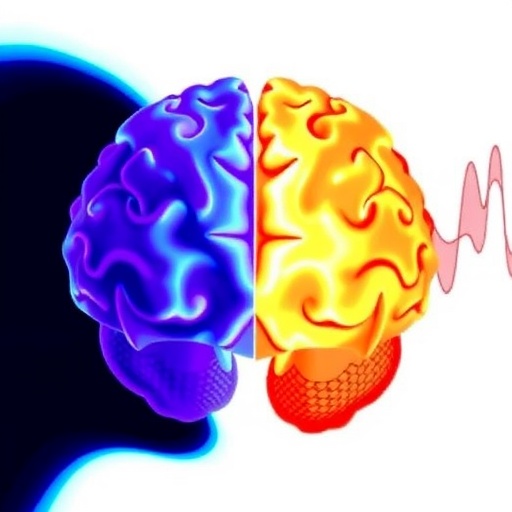Credit: Aaron Nathans, Princeton University
As artificial intelligence systems "learn" language from existing texts, they exhibit the same biases that humans do, a new study reveals. The results not only provide a tool for studying prejudicial attitudes and behavior in humans, but also emphasize how language is intimately intertwined with historical biases and cultural stereotypes. A common way to measure biases in humans is the Implicit Association Test (IAT), where subjects are asked to pair two concepts they find similar, in contrast to two concepts they find different; their response times can vary greatly, indicating how well they associated one word with another (for example, people are more likely to associate "flowers" with "pleasant," and "insects" with "unpleasant"). Here, Aylin Caliskan and colleagues developed a similar way to measure biases in AI systems that acquire language from human texts; rather than measuring lag time, however, they used the statistical number of associations between words, analyzing roughly 2.2 million words in total. Their results demonstrate that AI systems retain biases seen in humans. For example, studies of human behavior show that the exact same resume is 50% more likely to result in an opportunity for an interview if the candidate's name is European American rather than African-American. Indeed, the AI system was more likely to associate European American names with "pleasant" stimuli (e.g. "gift," or "happy"). In terms of gender, the AI system also reflected human biases, where female words (e.g., "woman" and "girl") were more associated than male words with the arts, compared to mathematics. In a related Perspective, Anthony G. Greenwald discusses these findings and how they could be used to further analyze biases in the real world.
###
Media Contact
Science Press Package
[email protected]
202-326-6440
@AAAS
http://www.aaas.org
############
Story Source: Materials provided by Scienmag




